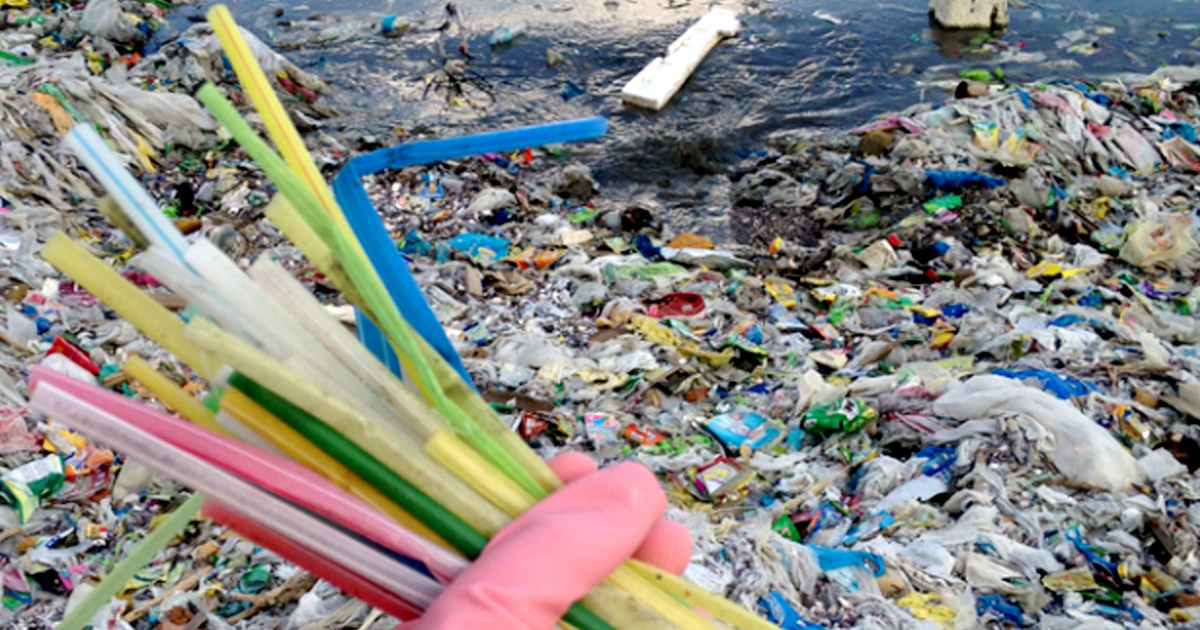

Greenpeace UK
Starting next year, Seattle restaurants will no longer provide
plastic straws and plastic utensils to its patrons after a 2010 ordinance finally takes effect.
“As of July 1, 2018, food services businesses should not be providing plastic straws or utensils,” Sego Jackson, the strategic advisor for Waste Prevention and Product Stewardship for Seattle Public Utilities, told
Q13 FOX.
“What they should be providing are compostable straws or compostable utensils. But they also might be providing durables, reusables, or encouraging you to skip the straw altogether,” he added.
Jackson said the city’s effort to
ban disposal plastic food service ware had been in the books since 2010 but was stalled because compostable alternatives were not viable yet.
“Early on there weren’t many compostable options,” he explained. “And some of the options didn’t perform well or compost well. That’s all changed now.”
The exemption that allowed eateries to dispense plastic straws and utensils is set to expire and will not be renewed.
The ban only applies to restaurants serving food, as plastic straws and utensils can still be purchased at city grocery stores. Restaurants that do not comply will be warned and eventually fined but eateries will be given assistance with the transition.
“These things take time to get businesses up to speed and in compliance,” Jackson said.
As Q13 FOX previously reported, many city establishments, including the Seattle Aquarium, are ditching straws:
Jillian Henze of the Seattle Restaurant Association says a campaign called “Strawless in Seattle” is planned for September. As many as 500 local groups and restaurants will stop using plastic straws for the month.
Even for restaurants that still use plastic straws, Henze said, many are trying to limit straw use.
“They are straw conscious and don’t put them in mixed drinks, etc.,” Henze wrote to Q13 News.”
Plastic straws, in particular, really suck. Scientist and EcoWatch contributor Dr. David Suzuki wrote, “In the U.S. alone, people discard 500 million straws every day, or more than 180 billion a year. That’s about 1.4 million kilograms of plastic sent to landfills and into the oceans every day!”
[facebook https://www.facebook.com/EcoWatch/videos/1441026166026122/ expand=1]
Seattle has made concentrated efforts to reduce its plastic footprint. In 2010, a ban on plastic bags went into effect and cut plastic bag waste from residential garbage from 262 tons to 136 tons by 2014—nearly a 50 percent drop. For commercial and self-haul, it was even better. Plastic bag waste dropped from 273 tons in 2008 to 59 tons in 2012.
From plastic bags to plastic cutlery, a growing movement of people, businesses, cities and even whole countries are pledging to ditch these single-use, non-biodegradable items that clog our oceans and harm marine life.

 233k
233k  41k
41k  Subscribe
Subscribe 